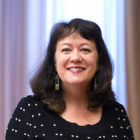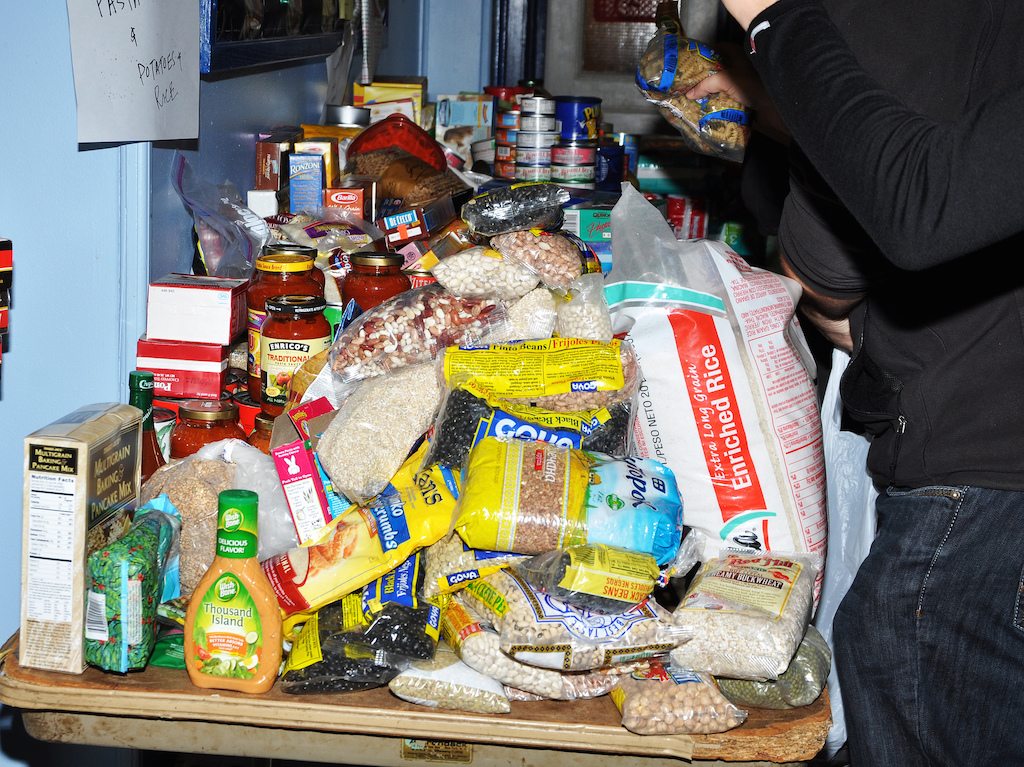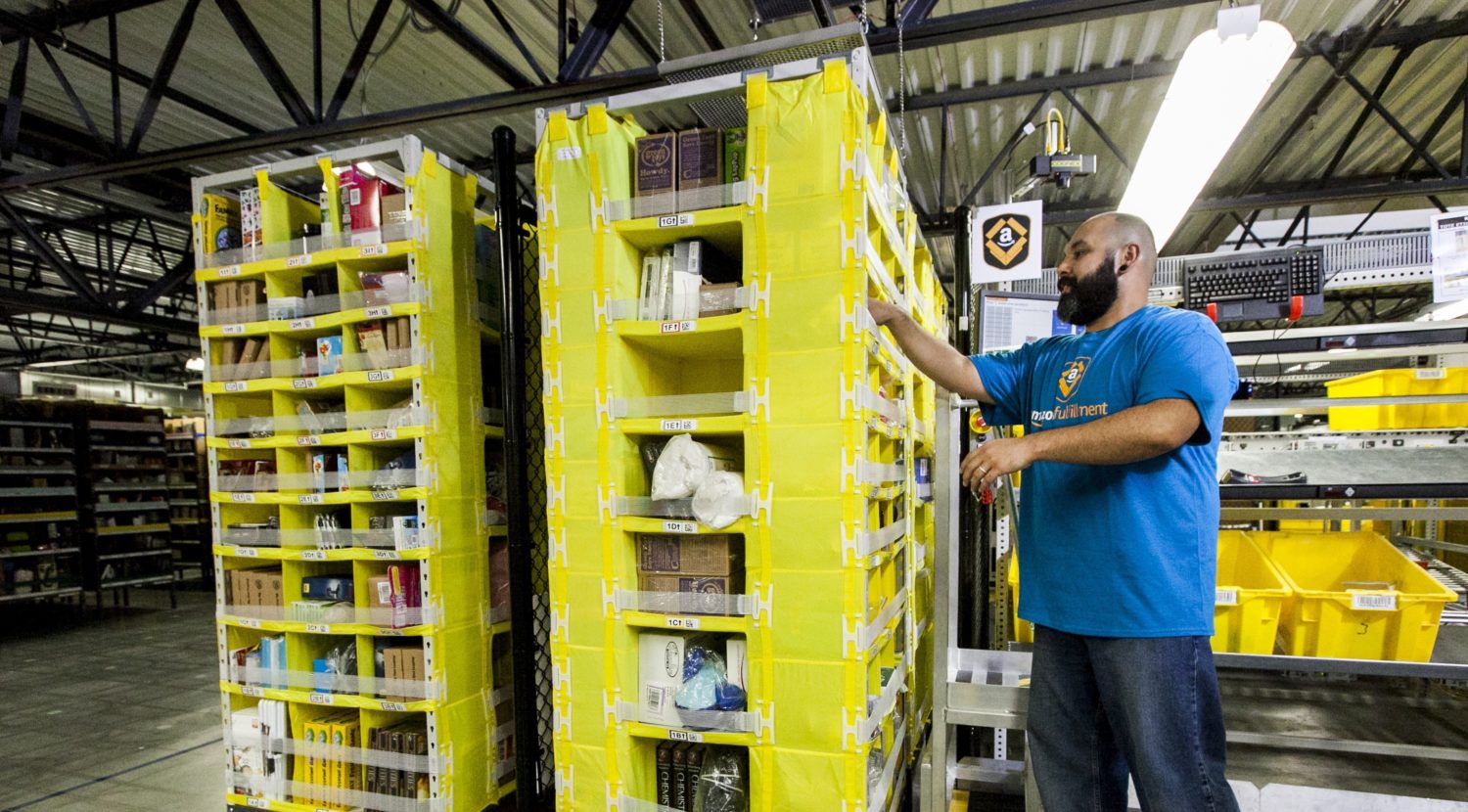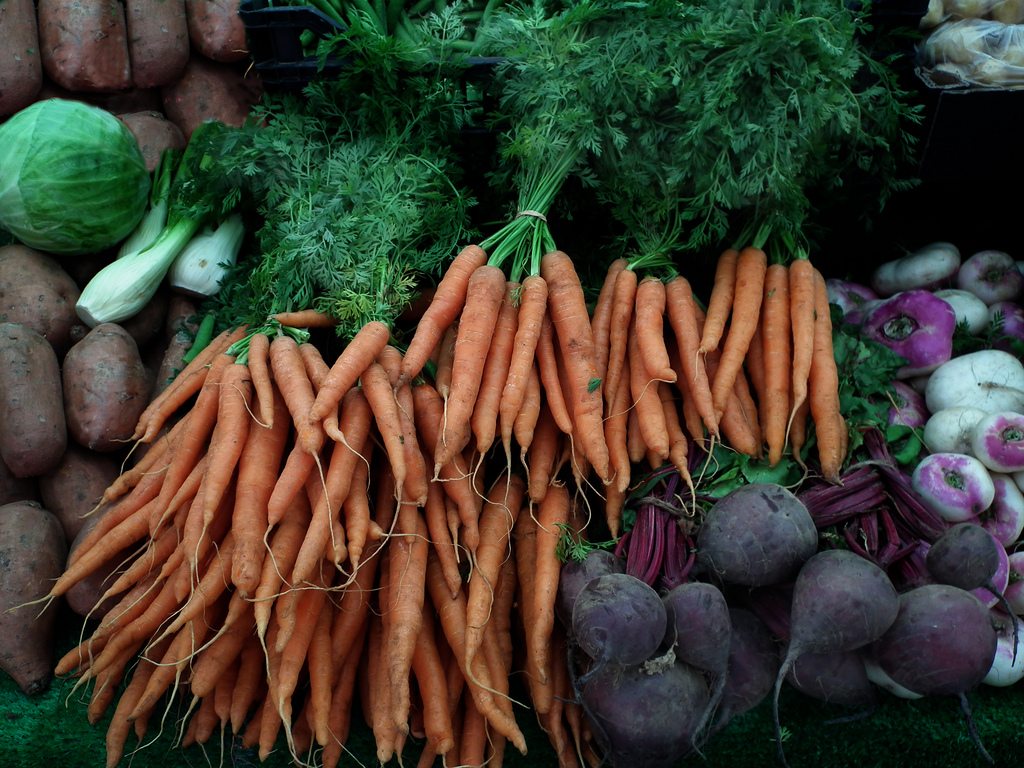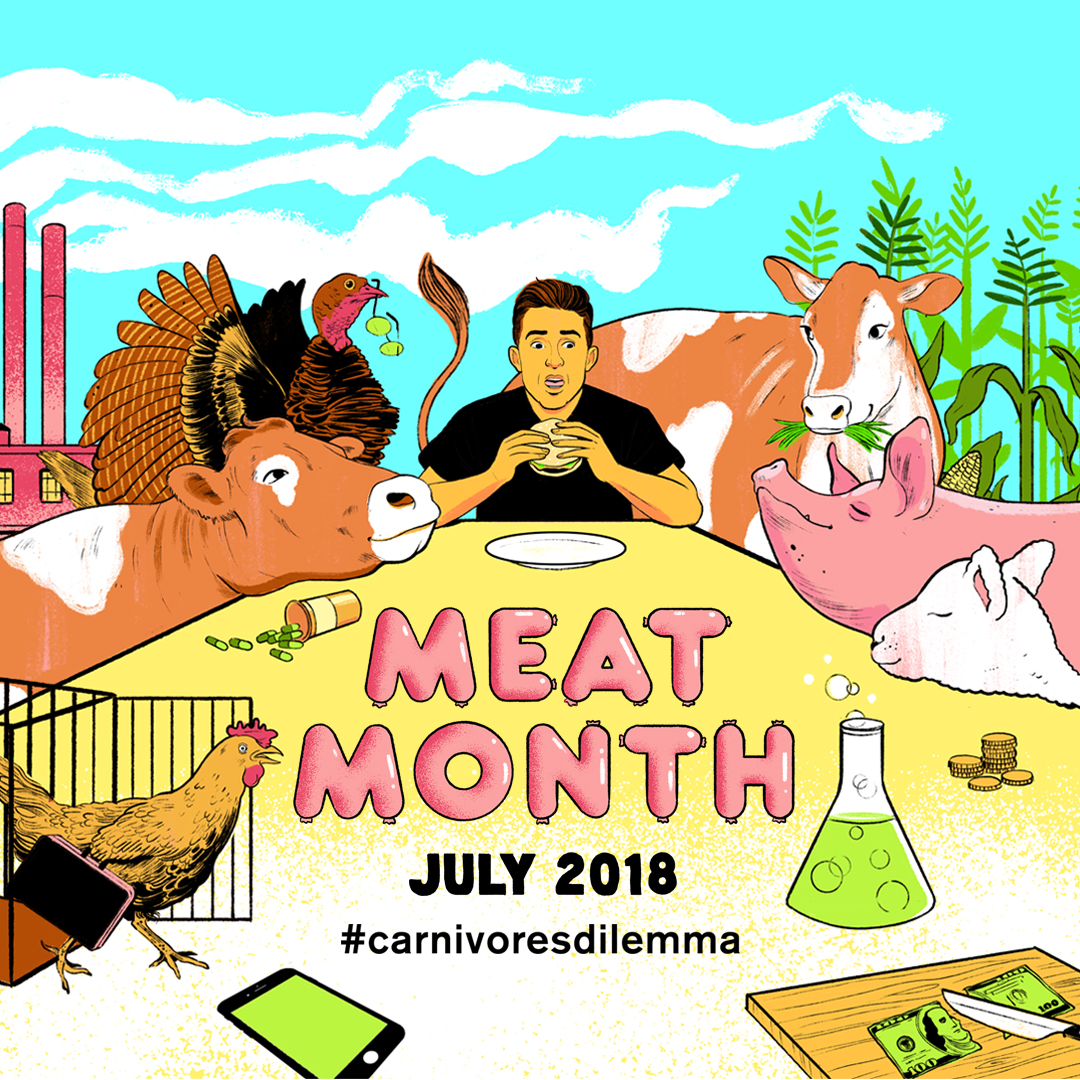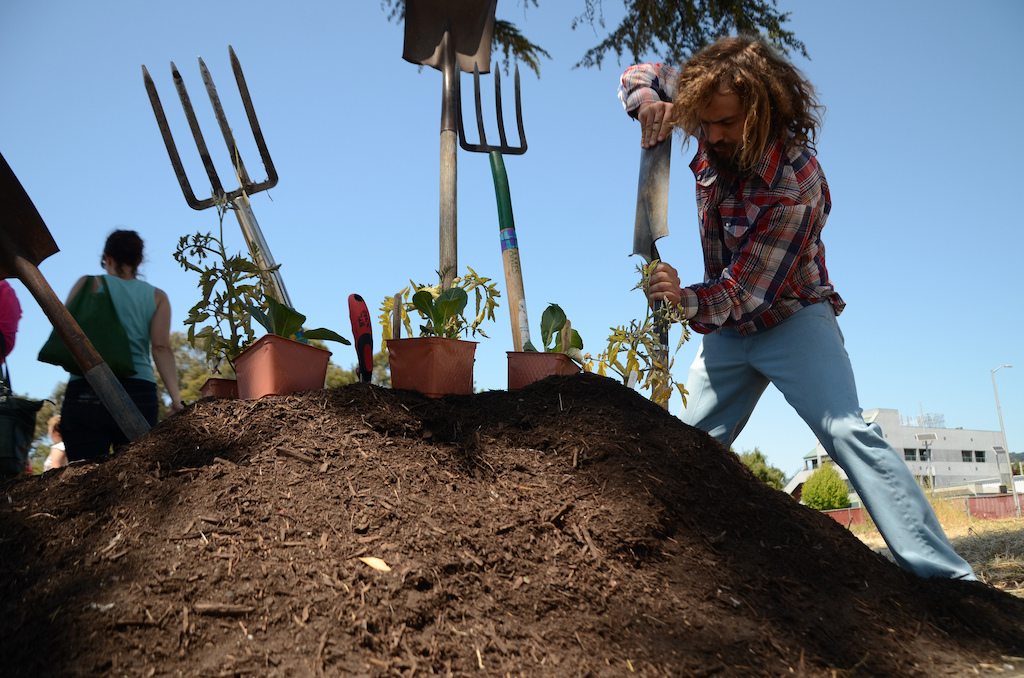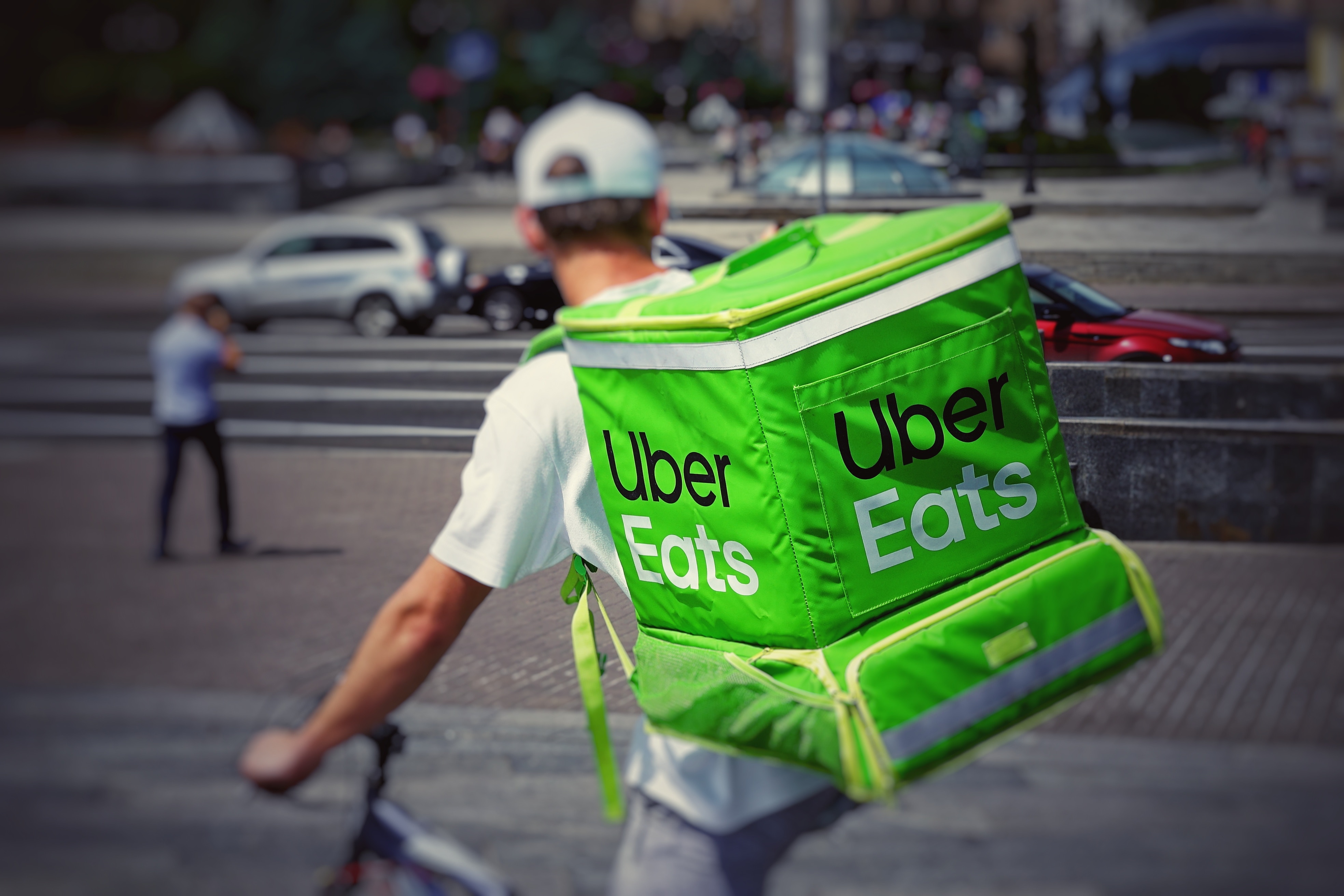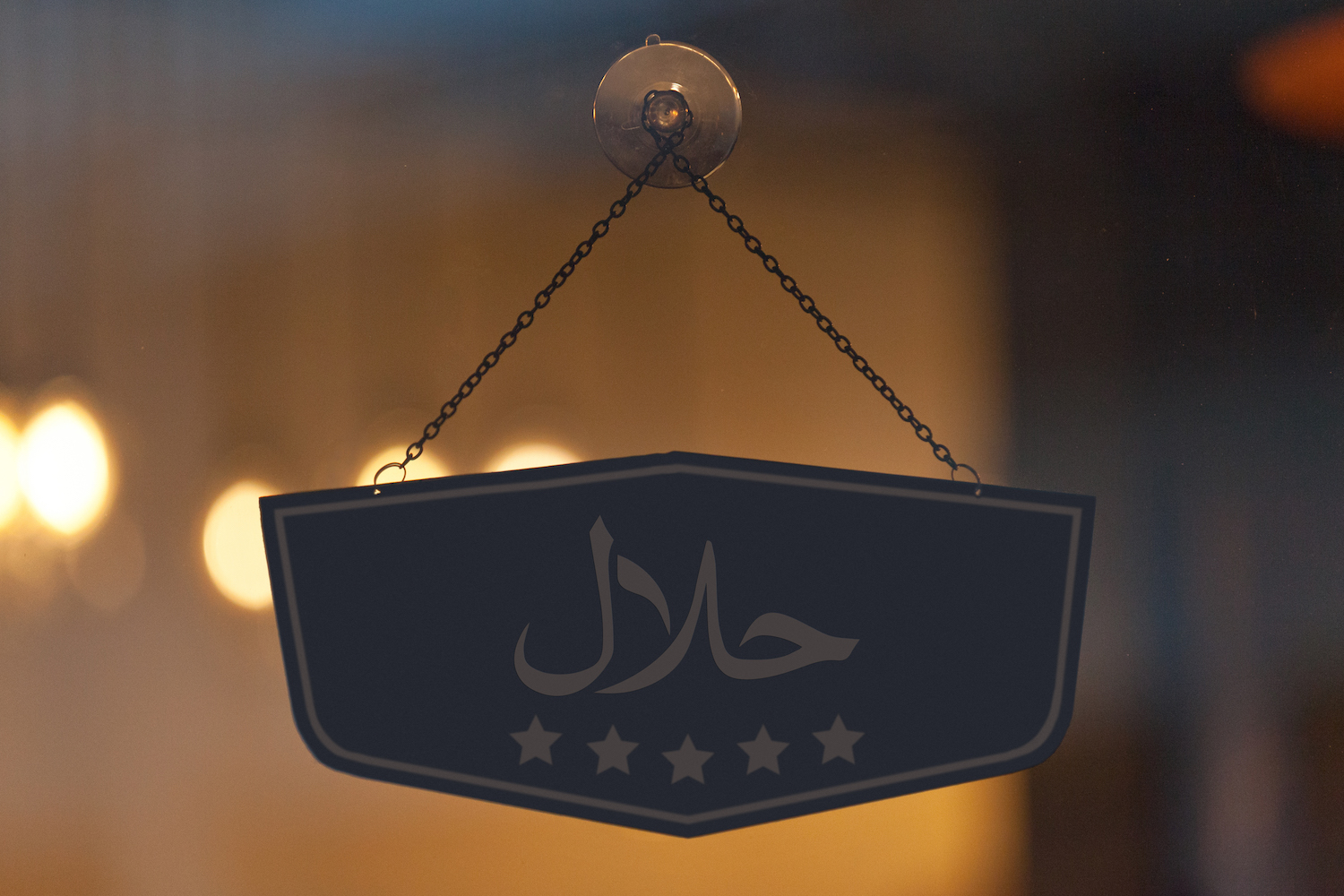
iStock / Gwengoat
Sameer Sarmast’s adventurous appetite long ago moved beyond his mother’s South Asian cooking. He likes spicy enchiladas, Jamaican jerk chicken, Texas-style barbeque, and Philly cheesesteak sandwiches.
But one thing hasn’t changed. He still keeps to the dietary guidelines observed by his Muslim family, which, among other things, forbid alcohol and pork, and require the prayerful slaughter of animals. And while finding foods certified as halal (translated to “permitted”) once required a trip to specialty grocers in Muslim-majority neighborhoods, many of these foods now can be found from Maine to Hawaii.
“The thing about halal is, you can cater to any demographic,” Sarmast says. “It can be halal Mexican, halal Chinese, halal Greek. If you cater to different people, different cuisines, you’ll attract a crowd.”
Sarmast is a Muslim of Indian descent, and he’s in the vanguard of a group of social influencers who are expanding that crowd. Through popular blogs, videos, and social media, these Muslim Americans are trying to bring halal away from just the food truck, street vendor’s cart, and faith-led kitchen. These new halal foodies, or self-described “haloodies,” have contributed to a boom that is attracting non-Muslims to halal foods in their favorite restaurants and in their homes. It’s also leading some Muslims to question whether the essence of the practice is being lost in the process.
Besides Sameer’s Eats, other popular halal food blogs include Amanda’s Plate by Seattle’s Amanda Saab; My Halal Kitchen by Chicago’s Yvonne Maffei; Zabihah by Washington, D.C.’s Shahed Amanullah; and Chicago-based Malika Ameen’s eponymous site. These sites provide restaurant and food reviews, recipes, and suggest substitute ingredients that will make an otherwise “haram,” or forbidden, food halal.
The practice requires that animals be slaughtered by a specially trained and certified practicing Muslim, who must recite the name of Allah before making a single cut across the animal’s throat. Besides the ban on alcohol and pork, Muslims trying to eat only halal foods must avoid gelatin, enzymes, emulsifiers, and some flavorings if they can’t be certain their origins are halal. Animal antibiotics and hormones are also out. Genetically modified foods and ingredients are generally acceptable if engineered from halal organisms, but not if animals suffered in their making.
Many Muslims consider eating halal essential in their relationship with God.
“There is sacrifice, intention, and consciousness” to halal foods, says Maffei, who writes My Halal Kitchen from Chicago and Turkey, and published a cookbook by the same name in 2016. “The process is very intentional and is dedicated to God. It means we can feel good about what we are eating.”
 iStock / anouchka
iStock / anouchka Grocery store selling halal products in Bordeaux, France
Zabihah, the name of Amanullah’s website, refers specifically to guidelines for slaughtering animals. The site offers halal restaurant and food reviews to 20 million unique users around the world annually. For him, halal is largely about thoughtful intentionality.
“The first time I saw halal slaughter, it made me mindful,” Amanullah says. “Now I pause when I eat meat. It’s a place of gratitude—gratitude for the animal for making the sacrifice of its life, and gratitude to Allah for allowing me to eat this meat.”
Maffei, who converted to Islam as an adult, believes interest in halal foods blossomed partly because of a growing interest in eating “clean” foods that goes beyond the Muslim community. When she promoted her cookbook, she says, more non-Muslims than Muslims came out to hear her talk.
“I think it is because of the transparency factor,” Maffei says. “When you talk about halal food you are talking about what is in the food. Consumers know that if they buy a halal product, they know what is in it.”
“They see halal as a journey to better values, to ethical consumerism, and a better environment,” he says.
That journey is reflected in Saffron Road’s success. Since its founding in 2010, the Connecticut-based company has grown to provide 70 products carried by 20,000 retail outlets with $45 million in annual sales. On offer is everything from chicken tenders to chicken tikka masala.
The overall halal food market is growing, as well. Thomson Reuters estimates the global halal market at $1.8 trillion this year, and Bloomberg figures the U.S. halal market makes up $20 billion of that annually—up from $15 billion a few years ago. American retailers from Whole Foods to Walmart now carry halal meat, prepared foods, and health and beauty products.
Saffron Road’s Durrani tags millennials as the chief drivers of that growth.
“They are multicultural and adventurous,” he says. “And they are diverse and progressive, more likely to come into contact with Muslims and know about halal foods than the generation before them. So halal foods fit right into their value system, whether they are Muslim or not.”
 Cory Messer
Cory Messer Food blogger Sameer Sarmast (right) with Robert West (left), owner of Smoked n Chopped, a halal barbecue establishment in Stafford, Texas.
Also pushing growth in the market are first-generation Muslim Americans, whose tastes have moved beyond their immigrant parents’ foods to the staples of their adopted countries—meat pies and toad-in-the-hole in Great Britain, bacon cheeseburgers and barbecue in the United States.
“They can celebrate their comfort food as American Muslims—burgers, tacos, pizza,” Amanullah says. “That’s why the fastest growing type of food you find on Zabihah is the Americana, the chicken and waffles. People want the halal version of what everybody else is eating so they can project to their American peers, ‘I can be one of you without sacrificing what is important to me.’”
When Amanullah launched his website in 2009, it listed 200 halal restaurants, most of them in California, where he then was based. It has now verified 40,000 halal restaurants and markets around the world. Most of the site’s growth comes from Muslim-minority countries such as the United Kingdom, the U.S., Canada, and Russia, he says.
But halal’s higher profile also has brought controversy. A number of European countries have banned halal—and kosher—slaughter after opponents framed it as cruel because the animals are usually either not stunned or only lightly stunned. Similar bans have been sought by animal rights activists in the U.S. and the U.K. for the approximately 15 percent of halal slaughter in those countries that kill the animals without stunning. Muslims have said that violates their religious freedom.
“There is suspicion among traditional Muslims about halal becoming a stand-in for religious philosophy,” he says. “They say Islam is not simply what you put in your mouth or how you dress, but about theology and dogma. Without these, halal is not enough.”
Mukherjee says the trend plays out among young urban Muslims who adopt halal, and a beard or head scarf, as part of their identity. “It is not about whether the food is good or authentic. All that matters is that sticker. It is just about code. It is the opposite of dogma. They think, ‘These are the rules of Islam and I do them, so I am a Muslim.’ But they don’t know what the rule means.”
Muslims of all backgrounds, he says, are concerned that the growing availability of halal is a way for corporations to take advantage of them.
“For example, you can walk into a sex shop in Paris and buy a halal dildo,” Mukherjee says. “Anything can have halal stamped on it, and if you have a modicum of reflection you can feel, ‘Hey, we are being taken for fools here.’”
Still, halal food products, especially beef, lamb, and chicken, are being embraced beyond the Muslim community.
Arthur Moreno recently discovered The Halal Guys restaurant near his community college in Berkeley, California. The Halal Guys, a fast-food chain that grew from a single New York City food truck, carves up halal chicken and beef gyros, bowls, and combo platters, and offers a popular falafel.
A platter from Halal Guys
Moreno, who is not a Muslim, first visited The Halal Guys at the suggestion of a Muslim classmate. This was his seventh visit.
“I like the food, I like the sandwich,” he says, over the remains of a grilled chicken gyro with lettuce, tomato, and a liberal slather of the chain’s famous white sauce. “It is really good meat and they know how to cook it,” he says. “It is one of my favorite restaurants.”
Of course, halal’s rising star coincides with rising Islamophobia in the U.S., a curious contrast. In a 2017 NPR story, Krishnendu Ray, chair of the department of nutrition and food studies at New York University, noted that halal consumption was so low nationwide that “any increase in the consumption can look like a huge uptick in growth.” Ray also pointed out that ironically, the growth of halal food could further stoke anti-Muslim prejudice, as “the growth of the halal market becomes evidence of an explosion of Muslim-ness and fuels conspiracy theories about the impending imposition of sharia law.”
That said, halal food is building bridges to non-Muslims in other ways. Saab has used her one-time fame as a Masterchef TV contestant to promote “Dinner with Your Muslim Neighbor” gatherings. Over halal meals she and her husband prepare, they invite people of other faiths, or no faith, to ask questions about what it is like to be a Muslim American.
“Sitting around a table and sharing food can bridge divides,” says Annisa Helou, whose 2018 cookbook Feast: Food of the Islamic World was a bestseller in the U.S. and the U.K.
This story was produced in association with the Round Earth Media program of the International Women’s Media Foundation.

